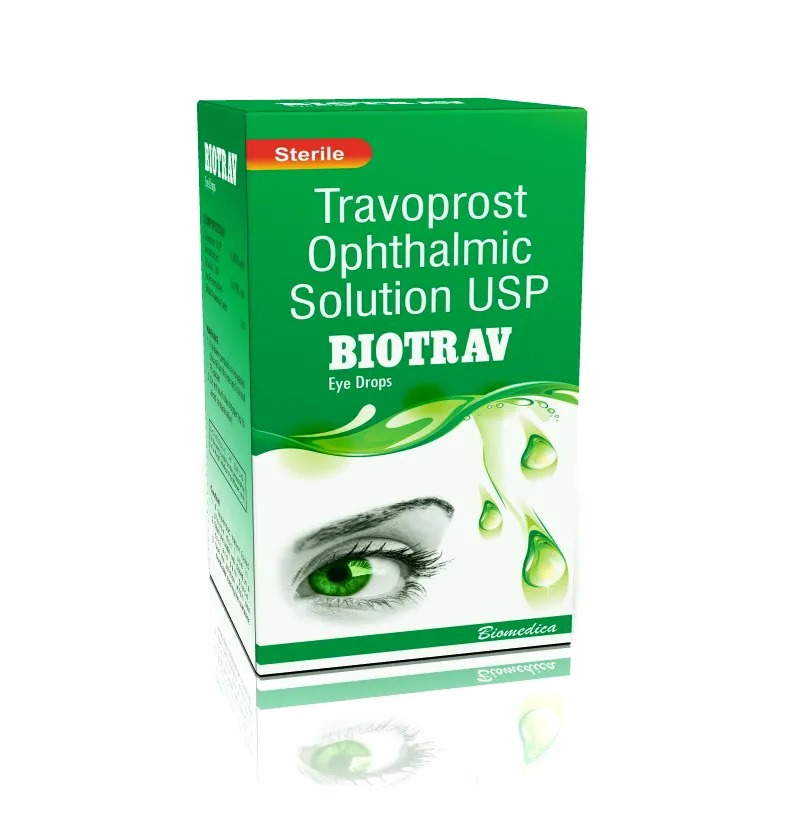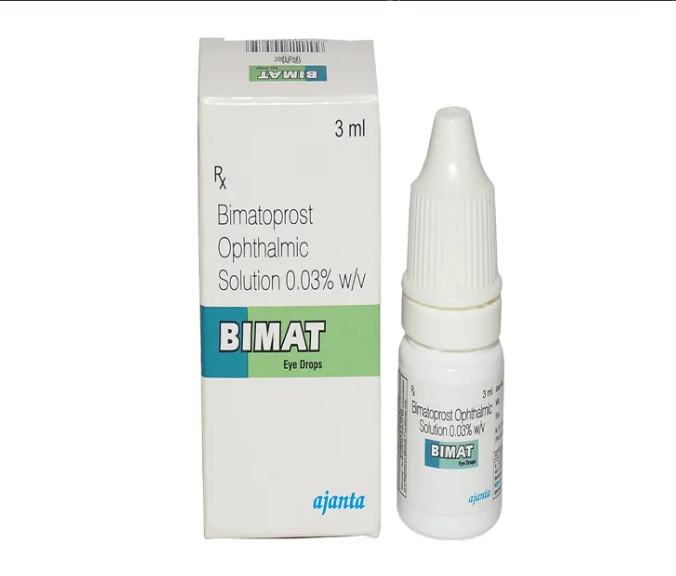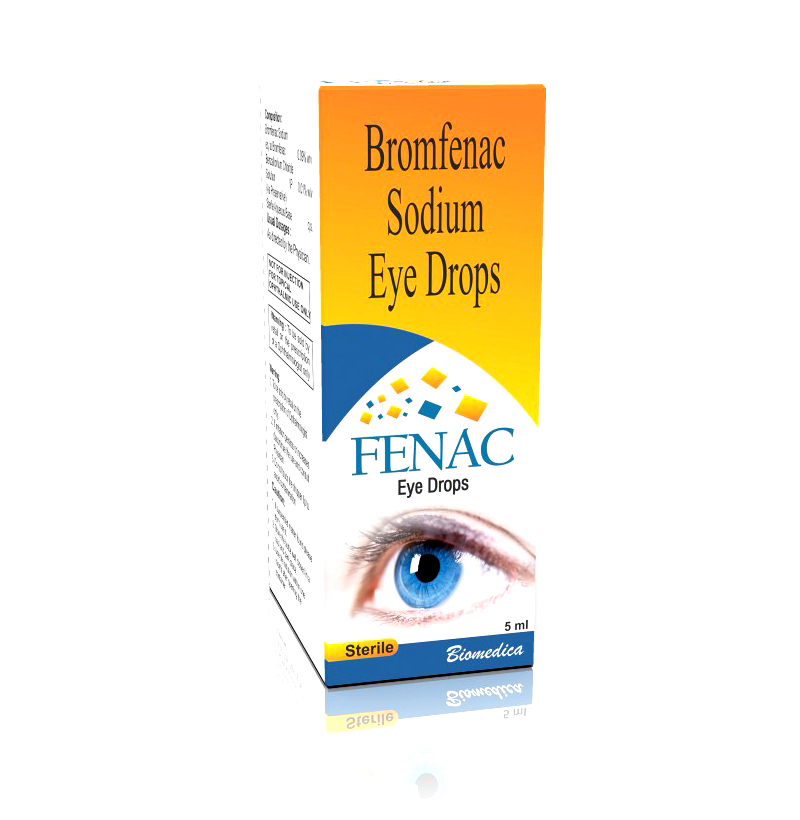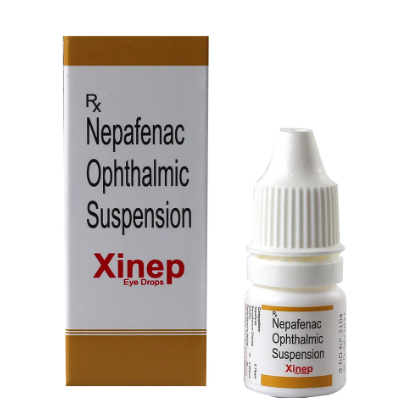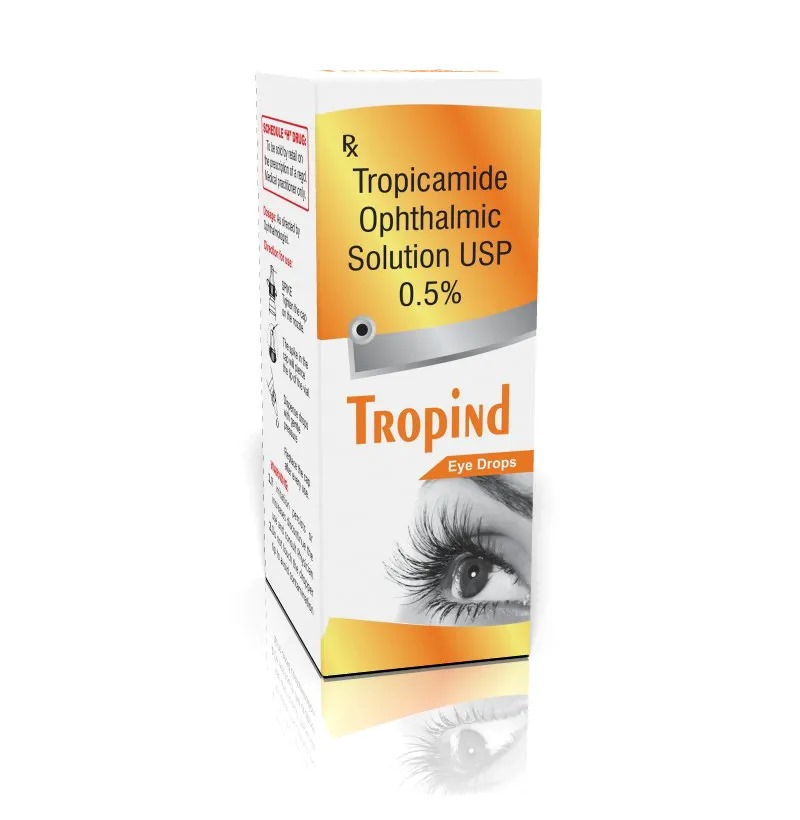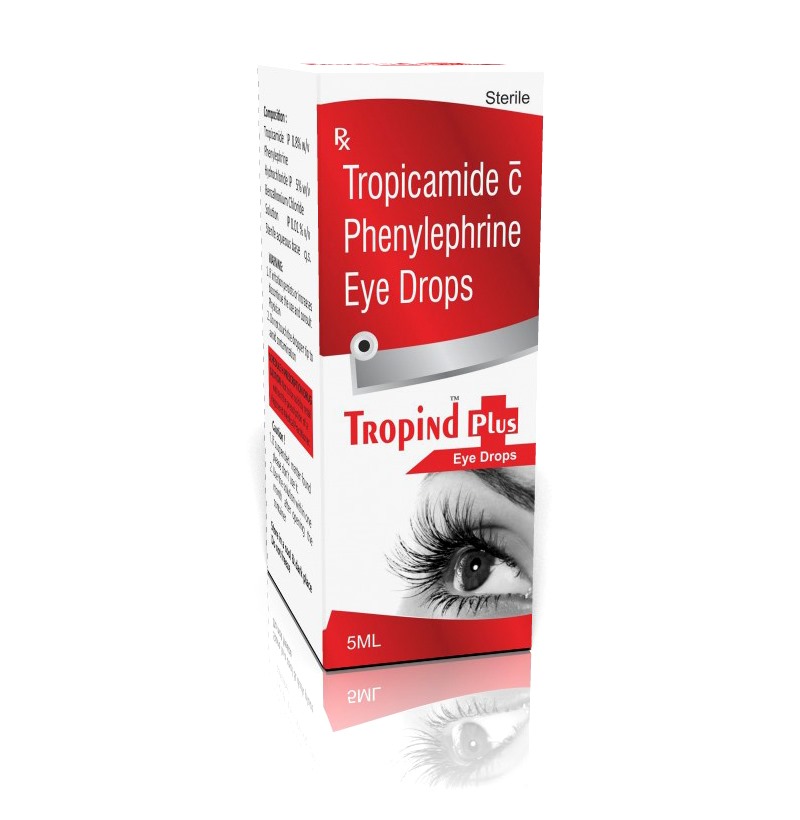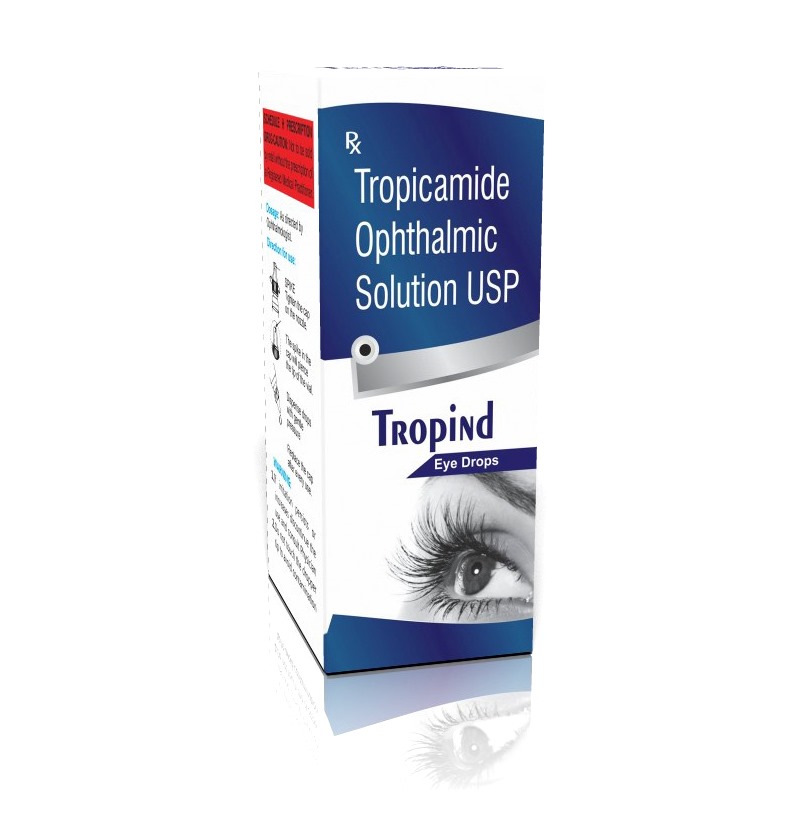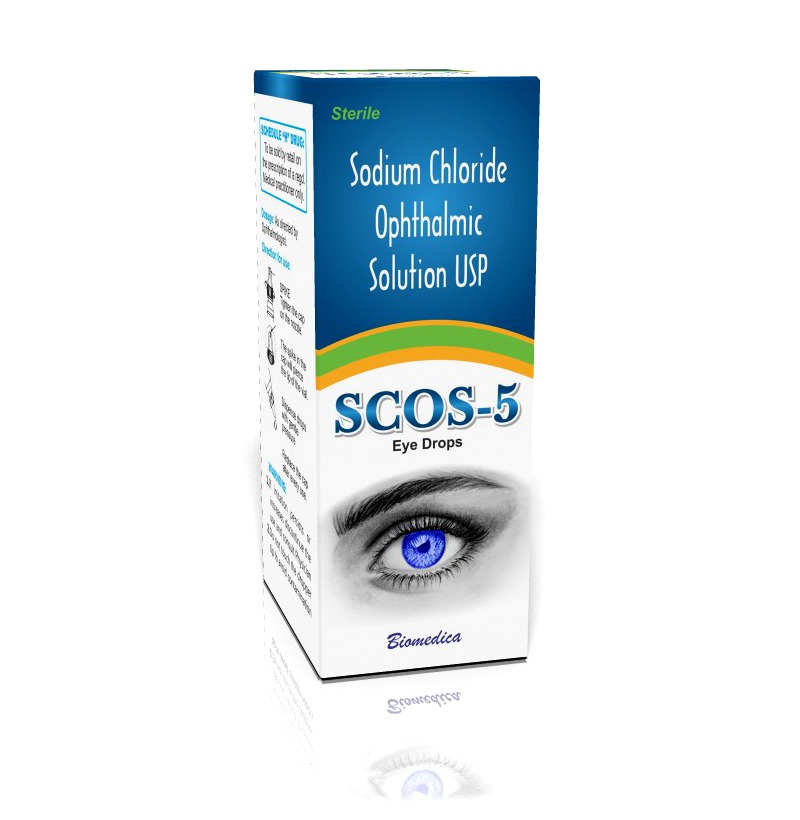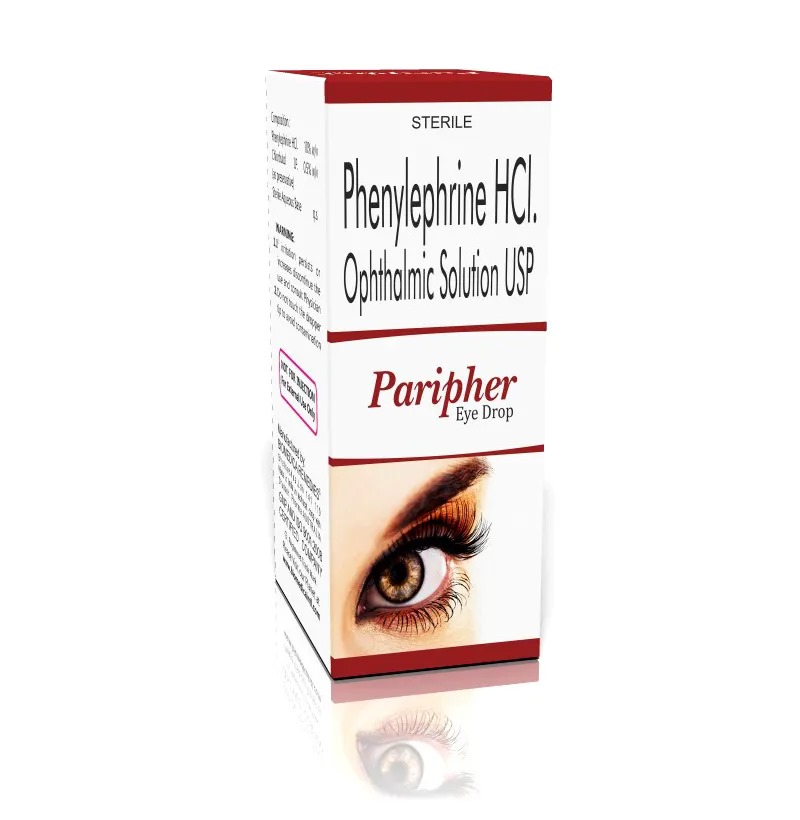Eye Care
About Bimat 0.03% wv
It is an effective treatment for Open Angle Glaucoma and eyelash development.
Bimatoprost is included in BIMAT 0.03% wv as its active ingredient.
Ajanta Pharmaceuticals manufactures these popular eye drops.
Uses of Bimat 0.03% wv
0.03% wv solution of Bimat is used in the following conditions:
Open-Angle Glaucoma
Glaucoma is a group of disorders that affect a person's eyes.
Open-Angle Glaucoma is the most prevalent, painless condition that causes vision loss and irreversible blindness.
Intraocular pressure increases at an alarming rate in Open-Angle Glaucoma, resulting in vision loss.
Bimat, 0.03% wv, aids in treating Open-Angle Glaucoma by lowering intraocular pressure.
Hypotrichosis
Hypotrichosis is a disorder in which hair development slows or hair loss occurs in a specific body area.
Bimat eye drops have been demonstrated to aid in repairing hair in the eye area, primarily eyelashes, when used by patients.
How does the drug work?
The major element in Bimat 0.03% wv is Bimatoprost.
These eye drops are primarily to aid in opening clogged drainage pathways in the eye area.
The intraocular pressure gets reduced when the eye's drainage channels are opened.
It is because the extra fluid in the inner space of the eye is discharged.
The active ingredient Bimatoprost is an FDA-approved salt. It is also available as alternative medicines like Careprost 3 ml. of 0.03% and Lumigan 3 ml (of 0.03%).
How to take the drug?
The drops should be put in one eye at a time, with caution
Pull the lower eyelid down with your index finger and make a pocket in the eye. Close and open the eyelid to disperse the medication across the ocular area.
Use only one drop each day, and follow the doctor's instructions.
To treat Hypotrichosis, gently apply the drop with an applicator to the root of the upper eyelashes region.
It is normally advised to take one dose per day.
But, you should strictly follow the doctor's prescription for the proper doses.
In case you miss any dose, skip it and continue with the usual schedule of your dose.
Do not double the dose or overdose yourself. For better results, try taking medicine at the same time every day.
Side Effects of BIMAT 0.03% wv
The following are some of the side effects of taking BIMAT eye drops:
Eye dryness
Watering eyes
Itchy eyes
Discomfort in the eyes
Burning feeling in the eyes
Changes in eyesight
Blurred vision
Interactions
Drug Interactions
Other Prostaglandins Ophthalmic medications like Latanoprost, Tafluprost, Travoprost, and Unoprostone may interact with this drug
Food Interactions
Non-prescription drugs, vitamins, nutritional supplements, and herbal items you are taking or intend to use may interact with Bimat 0.03%
Disease Interactions
If you have had renal or liver problems, Uveitis (eye inflammation), or Macular Edema (fluid buildup in the eye resulting in swelling), tell your doctor
Precautions to be taken
You should avoid the usage of solution in the following cases:
Wearing contact lenses: You should remove the contact lenses before using eye drops. You can wear the contact lenses back after 2 hours of application
Consumed Alcohol: Intake of Alcohol with Bimat 0.03%wv can adversely affect your liver
Pregnant or planning on conceiving: The eyedrops can affect the fetus or pregnant women
Allergic to Bimatoprost
Experiencing discomfort in your eye
Suffering from headaches
Storage
Store the drug away from sunlight and in a cool and dry place.
Frequently Asked Questions
What happens if I stop using Bimat 0.03% wv?
The eyelashes may revert to their previous state after several weeks or months if you stop using Bimat Eye Drop.
If you have noticed any eyelid skin darkening, it might go away after a few weeks or months.
How long does it take for Bimat 0.03 % wv to take effect?
Bimat Eye Drops may begin working within 4 hours of dosing.
Is Bimatoprost safe to use?
Bimatoprost is an FDA-approved salt and can be effectively used to treat Open-angle Glaucoma and Hypotrichosis.
Send
Message
